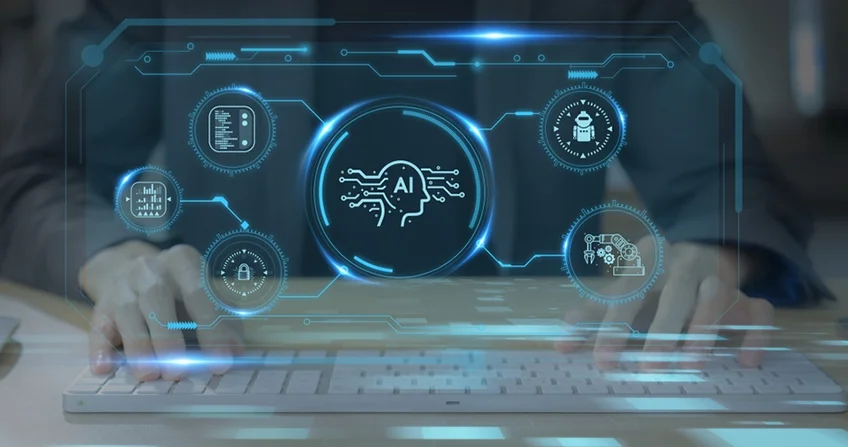Frontiers Health returns on Wednesday 8th November, for a three-day meeting of minds in the Italian capital of Rome. On Thursday 9th November, however, the thematic session, ‘Science and biomedical research innovation’ will take place, during which the cutting-edge ways technology drives the life sciences industry forwards will be discursively analysed – from accelerating R&D with digital biomarkers and early disease progression or decentralised trials, to informing earlier diagnoses.
To find out more, pharmaphorum spoke with Alex Zhavoronkov, founder and CEO of Insilico Medicine, who will be giving the keynote address, ‘Multi-modal generative AI and robotics for drug discovery and development and ageing research’. Zhavoronkov provided guidance on the applications of AI to therapeutic drug discovery, small molecule generation, prediction of clinical trials, and ageing research, as well as insight into where his part in this fascinating field all began.
Age and training deep neural networks
With a background in computer science and management of information systems, Zhavoronkov began his career with semiconductor companies, working with ATI Technologies.
“After my career at ATI, I decided to dedicate the rest of my life to the study of ageing and discover new therapeutics that help us treat age-related diseases,” Zavoronkhov said. “I did my grad work at Johns Hopkins, worked for a number of biotechs, [and] in 2013, at the cusp of the deep learning revolution, I decided to form Insilico and focus entirely on deep learning for every step of drug discovery and development. We decided not to go small, but to go after a grand goal with a very limited amount of funding.”
It was in this manner that the company started to provide deep learning solutions to the pharmaceutical industry and focus on algorithm design, originally to identify novel targets.
“From the very beginning, we were an expert target hunter, which used a very special approach to target discovery,” he explained. “We actually started training deep neural networks on age. Age is a universal feature that everybody has and is very correlated with when you're going to die and develop diseases. Pretty much every data set that you can find in the public domain or private domain will have age.”
“You have age, I have age, everybody has age,” he continued. “If you train deep neural networks on very, very large numbers of samples – millions to predict age – deep neural networks learn the fundamental human biology, the changes that transpire in time. We started retraining those global networks that are trained on age on diseases.”
“Disease data sets are much rarer, especially where very well annotated,” Zhavoronkov noted. “Usually, the data looks like Swiss cheese, but when you use a pre-trained network that is trained on ageing, you can transfer some weights onto the network that is trained on diseases, and vice versa, and give a deep neural network a much more sophisticated view of human biology and also animal biology, and link previously disconnected data types with deep learning.”

